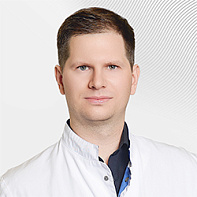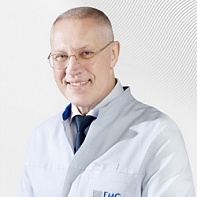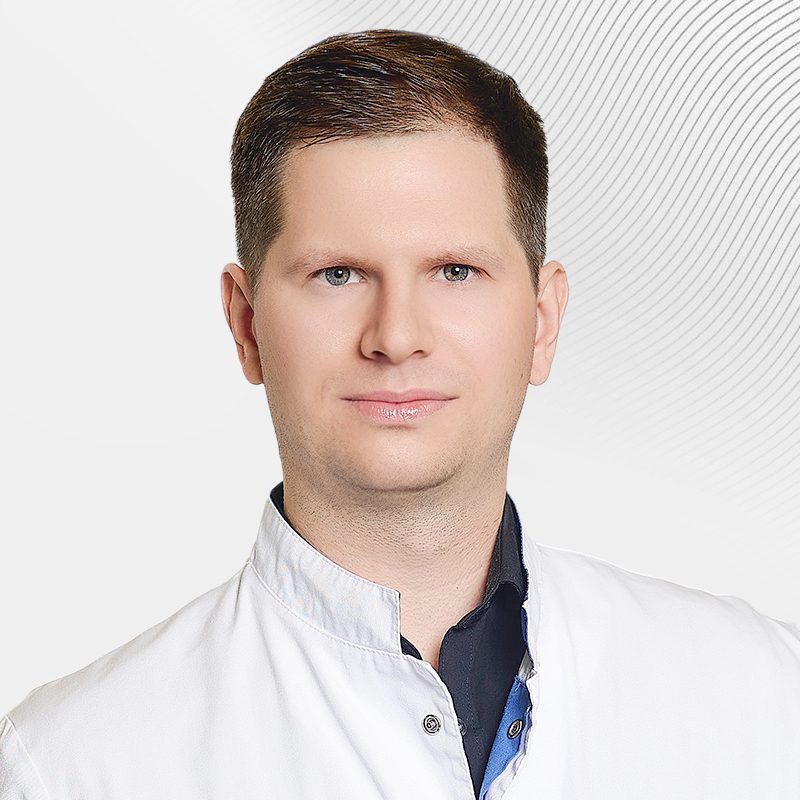Blepharoplasty
Blepharoplasty: general information
Blepharoplasty is a surgical correction of the eyelids and soft tissues around the eyes, which allows for a noticeable rejuvenation of this area. This is one of the most popular surgical procedures in the field of aesthetic plastic surgery. Blepharoplasty accounts for 13-25% of all plastic surgeries in the world, and 14% in Russia[1].
There are the following types of blepharoplasty:
- Upper blepharoplasty (correction of the upper eyelids).Plastic surgeons at the EMC Clinic perform gentle surgical correction with moderate fat resection to create a natural, well-defined deep fold of the upper eyelid.
- Lower blepharoplasty (correction of the lower eyelids). This type of plastic is considered more complex, so its price is higher. Surgical intervention can be performed in two ways: classical or transconjunctival. In the first case, the surgeon performs an incision with a small indentation from the ciliary edge. With the transconjunctival (seamless) method, intraorbital fat is removed without incision of the skin through an incision of the conjunctiva from inside the eyelid. The transconjunctivial method ensures minimal injury and rapid recovery, but it is applicable only for the correction of minor defects in young patients.
- Circular blepharoplasty. As part of this operation, the surgeon performs a comprehensive correction of the upper and lower eyelids. Most patients are shown just such a procedure, which rejuvenates and tightens not only the area around the eyes, but also the middle part of the face.
Blepharoplasty is not just an operation to "trim the eyelids". Eyelid surgery does not allow for template solutions, since the incision of the eyes, the location of subcutaneous fat, and the shape of the skin fold differ greatly from person to person. In order for the result to fully meet the patient's expectations or even exceed them, precise work by the doctor is necessary at all stages of the operation. This is the correct drawing of the contour, the creation of a filigree section, its subsequent stitching, and the careful removal of seams. The plastic surgeons of the EMC clinic are true masters of their craft, safely and efficiently embodying all the wishes of patients.
Indications for blepharoplasty
As a rule, blepharoplasty is performed for aesthetic purposes according to the wishes of a patient who wants to get rid of age-related or birth defects.
General indications for upper and lower blepharoplasty are:
-
Tired look;
-
excess skin (dermatohalyasis);
-
eye asymmetry;
-
bulging of fatty tissue (steatoblefarone);
-
drooping of the corners of the eyes;
-
visual impairment associated with congenital or acquired eyelid defects.
Separate indications for upper eyelid blepharoplasty are:
-
lowering of eyebrows and subcutaneous area;
-
drooping eyelid;
-
epicanthus (Asian eyelid or Mongolian fold);
For blepharoplasty of the lower eyelids , the indications are:
-
fatty hernias or bags under the eyes;
-
wrinkles in the lower eyelid area;
-
skin sagging;
-
ectropion (inversion of the eyelid) of an age-related, traumatic, scarring nature.
Although blepharoplasty can achieve a noticeable effect, the method has some limitations. Plastic surgery of this type will not help eliminate wrinkles or age spots that are part of age-related skin changes. Therefore, surgery can be complemented by other cosmetic methods.
Contraindications
Blepharoplasty is not performed in the following conditions:
-
decompensated arterial hypertension;
-
coagulopathies;
-
inflammatory and infectious diseases of the eyes, as well as somatic diseases in the acute phase;
-
serious cardiovascular diseases;
-
oncological diseases.
How the operation works
At the initial consultation, the doctor discusses with the patient his complaints, wishes, and possible results of the procedure. The operation is performed under local or general anesthesia. Depending on the complexity, the duration of the surgical procedure is 40-90 minutes.
During the operation, the surgeon performs an incision or puncture in accordance with the pre-applied markings, removes excess skin, and also removes excess fatty tissue. After that, the fabrics are sewn with absorbable and non-absorbable threads.
Rehabilitation
Inpatient rehabilitation after surgery is not required, the patient can go home on the same day. Special strips are applied to the patient, which prevent the incisions from diverging. In the first days after surgery, the tissues swell, but after 10-14 days the swelling subsides. During the recovery period, it is not recommended to sleep face down, attend thermal procedures (baths, saunas), overexert the eyes. The sutures are removed for 5-7 days.
It will be possible to evaluate the rejuvenating effect of the operation after recovery, 2-4 weeks after surgical correction.
EMC Aesthetic Clinic is a highly qualified plastic surgeon with rich Russian and international practice, modern operating rooms and hospitals, the best medical equipment in Moscow. Find out how much blepharoplasty surgery costs at the EMC clinic and make an appointment for a specialist consultation by calling +7 495 933-66-55.
Sources:
- Kazantsev Alexander Dmitrievich, Kazantseva Elvira Pavlovna, Alekseev Igor Borisovich. Blepharoplasty: historical aspects, terminology and modern concepts // Breast cancer. Clinical ophthalmology. 2022. №2.
- Rebowe RE, Runyan C. Blepharoplasty. [Updated 2023 Jul 24]. In: StatPearls [Internet]. Treasure Island (FL): StatPearls Publishing; 2024 Jan-. Available from: www.ncbi.nlm.nih.gov
Doctors




.jpg)
- He knows the techniques of performing aesthetic operations on the face, chest and body
- Performs high precision male and female liposculpture of the body (Hi-Def) with muscle drawing using the latest PAL LipoSculptor vibrating liposuction machine
- He completed his residency in Plastic Surgery at the I.M. Sechenov First Moscow State Medical University




